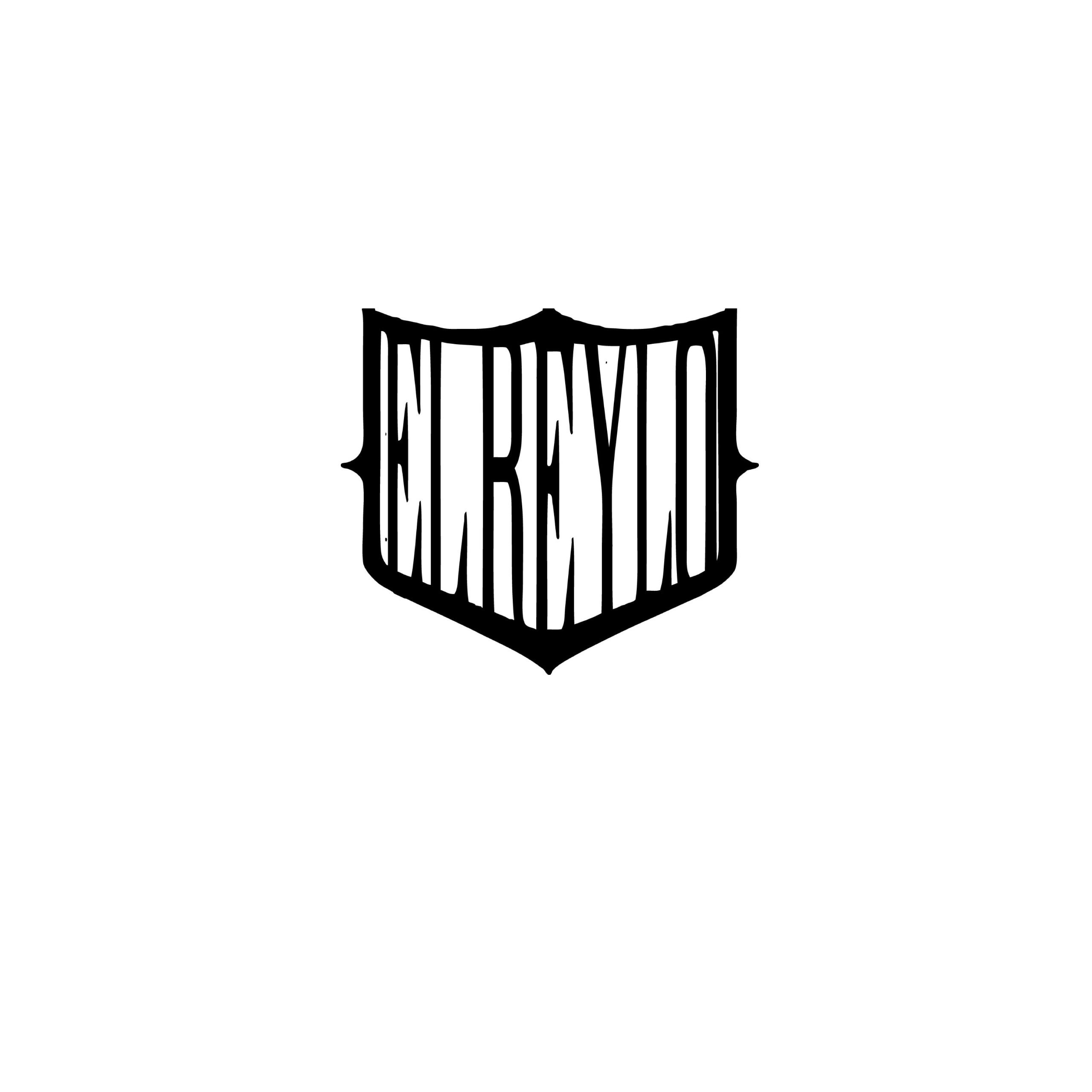
The most American condiment, in my opinion, is mayonnaise. Every Thanksgiving dinner, South Jersey shore trip, or family Fourth of July picnic I can recall had at least three mayo-based salads on the table.

Finding out what mayonnaise is, where it originates from, and why we don’t name schools and highways after it is, of course, the most patriotic thing to do.
What is the origin of mayonnaise?
There is a dispute concerning the origins of mayonnaise because it is so delicious. According to some food historians, it originated in Spain. Mahonnaise gets its name from a mayonnaise-like sauce that was created in the 18th century in the city of Port Mahon on the island of Minorca. Later, a French chef who arrogantly thought that his motherland was the source of all great sauces asserted that mayo came from the town of Bayonne, hence the name bayonnaise.
Regardless of where it came from, mayo made its way into German and English cooking before moving to the United States, where it truly belongs. Mayo first featured on the menu at Delmonico’s Steakhouse in New York as early as 1838. Calvin Coolidge, the president, even gushed about his family’s homemade mayonnaise. Perhaps it played a part in his presidency’s Coolidge Prosperity. Or maybe his excessive usage of the condiment during his last year in power was the cause of the Great Depression. Moving forward, let’s all agree that condiments are essential components of government policy.
In 1907, commercial mayonnaise was introduced; nearly at the same time, Mrs. Schlorer’s brand of mayonnaise in Philadelphia and Hellman’s brand in New York were sold. We are fortunate to still have Hellman’s items on our shelves even though they were off to the races by 1912.
What is used to make mayonnaise?

The two primary components of mayo are oil and egg yolk, which undergo an emulsion process that I once believed was a day spa treatment. Oil is gradually poured into the egg yolks while they are being aggressively beaten. The emulsion process creates a molecular bond between the oil droplets and the water in the eggs, much like mayo does between the insides of a turkey sandwich and its bread. The whole mixture is stabilized by the protein in the yolks.
You could stop there if you’re preparing mayonnaise at home. Lemon juice, however, and a dash of Dijon mustard for a little kick are frequently added to the combination. In the end, the production process is what gives mayo its distinctive flavor and consistency.
The oil and egg foundation of commercial mayonnaise will still be present, but brands frequently differ in the additional components they utilize, such as salt, sugar, unidentified “spices,” and typically some sort of preservative. Beyond the classic Hellman’s we all know and love, there are many additional mayo flavors. Kewpie mayo, Baconnaise, chipotle mayo, and many more contain a range of different ingredients, so be sure to carefully check the labels.
Other options include Miracle Whip, which is regarded as a “dressing” rather than a mayo yet tastes and feels a lot like it. Miracle Whip contains more corn syrup/cornstarch combined with oil and less eggs. There is also vegan mayonnaise, which is frequently made from soy.
Is mayonnaise free of dairy and gluten?

Yes, and yes. Veganism is the only box it doesn’t check. But when it comes to gluten, there are frequently cunning methods for brands to include gluten in their goods. However, most brands have “gluten-free” listed on the label, so if you look for that, you should be good.
Another thing to think about is that because people are constantly inserting spoons and knives into mayo in a jar, it is very likely to become contaminated with gluten. Therefore, a squeeze bottle is probably the best option if there are varying degrees of gluten intolerance in your household. Alternatively, simply label two large jars “gluten-free” and “gluten-whee!”
Which mayonnaise application is your favorite?

Leave a comment with your favorites! Deviled eggs, which is essentially putting more eggs into eggs when you think about it, are what I like best. I could eat twenty of them at once, but you may argue it would be too much of a good thing. Don’t pass judgment on me. You wouldn’t be an American.
